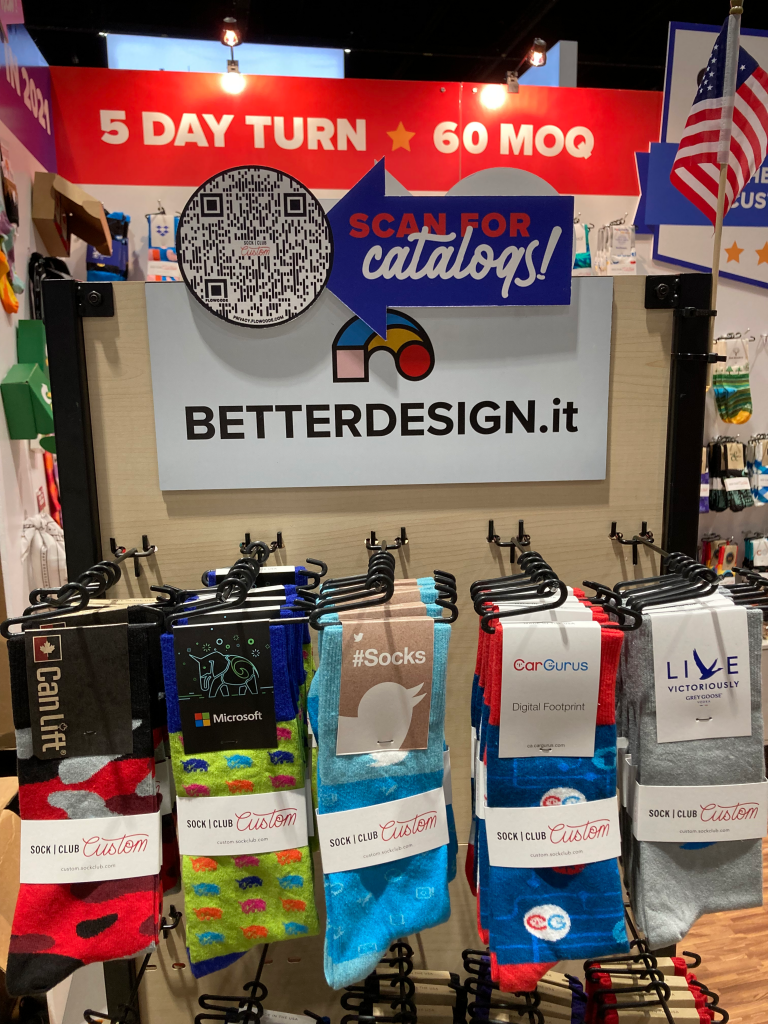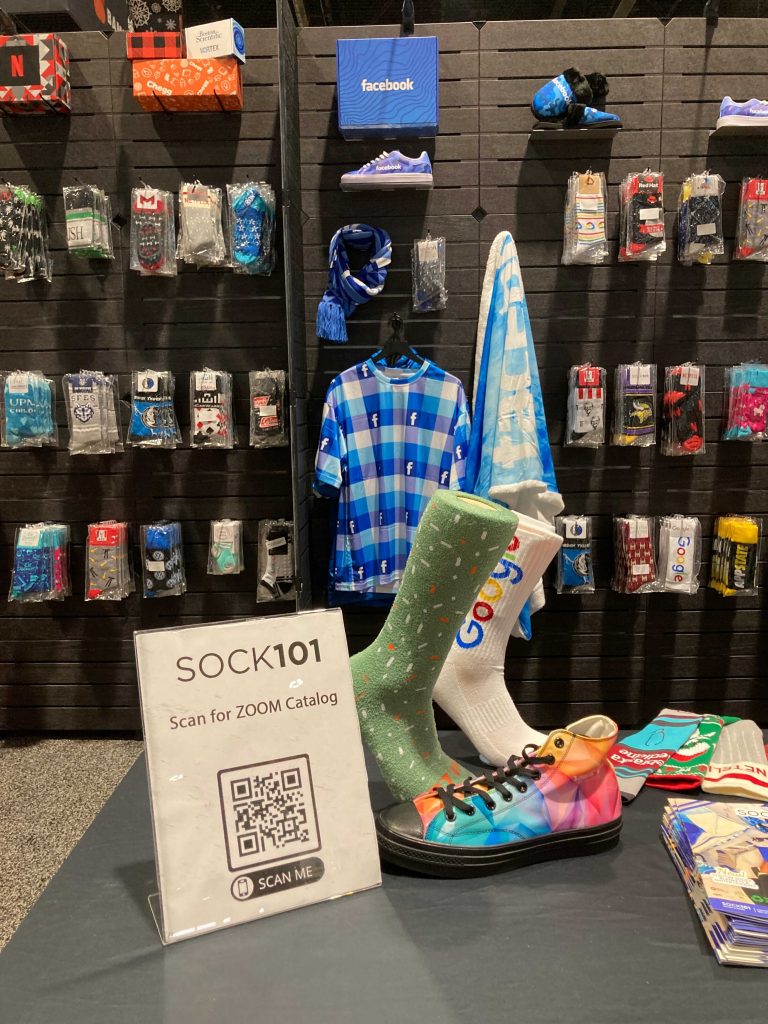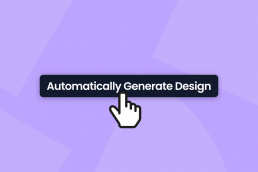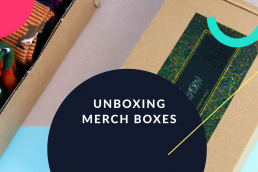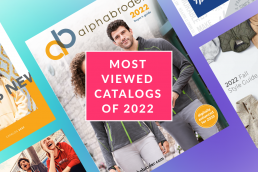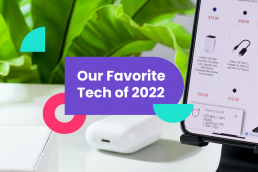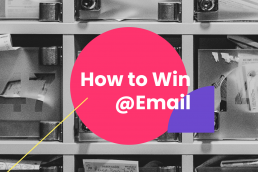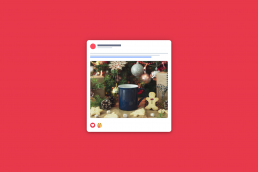Surviving the Holidays
The end of the year arrives, predictably, at the same time every year. And yet clients consistently find themselves caught off guard!
2023 Holiday Head Start
In the promotional products industry, Summer is the perfect time to gear up for the holiday season. Get ready to sleigh your competition!…
Unboxing Merch Boxes
Unboxing has taken TikTok by storm. These trending videos have turned the app into the perfect place to promote your products and lead to a…
Getting Started with ZOOMstudio: Best Practices for New Users
Whether you're a new user looking to get the most out of your new subscription, or a veteran trying to learn more tips and tricks to…
Five Tools to Level Up Your Website
In the competitive landscape of the promotional products industry, a well-designed supplier website equipped with essential digital tools…
2023 Promotional Products Marketing Calendar
Planning campaigns around the events and themes below will help you drive revenue and increase both sales and engagement.
20 Most Viewed Catalogs of 2022
At the end of every year, we look back at the thousands of catalogs published on ZOOMcatalog. It’s an excellent way for us to see…
A Few of Our Favorite Things
All of these apps and plugins and bits of tech have been vetted by our team, not for review or to marketing, but by using them every single…
Simply The Best of 2022
These are the designs that made us go wow. The catalogs that knocked our socks off.
Marketing Tip: Create The Perfect Holiday Social Media Post
In the Promotional Products world, September is the month to start your holiday marketing to ensure your customers have time to find and…
